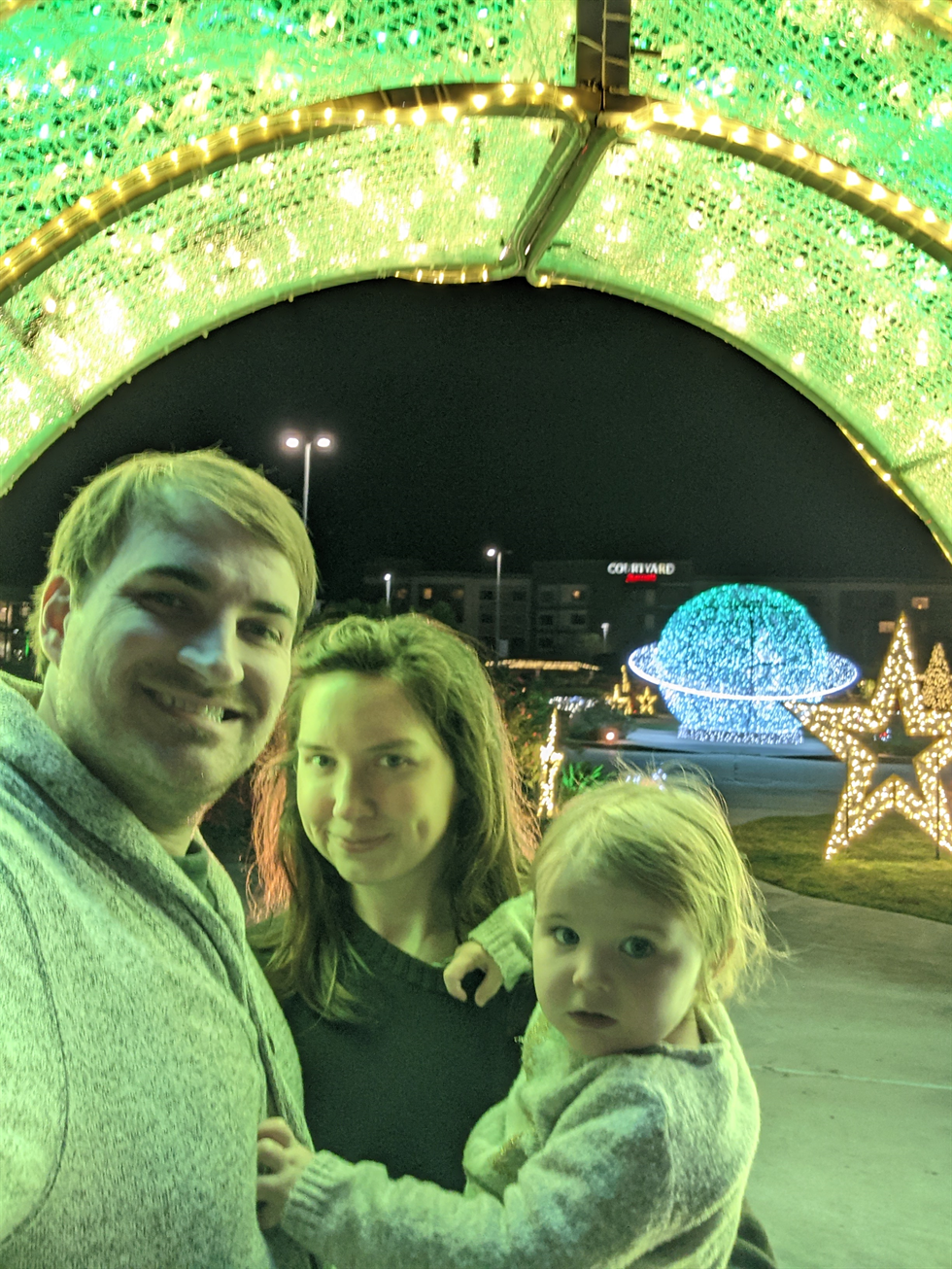Meet NASA’s Justin Doyle, Gateway Program Lifecycle Review Lead
Growing up just down the street from NASA’s Johnson Space Center, Justin Doyle set a goal as a teenager to one day work for NASA. Those early career ambitions were achieved in 2013 when he began working to support the International Station. Now, Doyle serves as the lifecycle review lead for NASA’s Gateway program.
Gateway will be a Moon-orbiting space station for long-term scientific investigations and deep space exploration. Effective budget and resource management led by the Gateway Program Planning and Control Office, where Doyle works, is a vital component for ensuring Gateway’s success.
As lifecycle review lead for the Gateway program, Doyle coordinates work toward major milestones with a standing review board to ensure program requirements are met.
Here’s more from Doyle about his job, background, and aspirations:
What does your office do for the Gateway Program?
Our office manages the business operations for the Gateway program, including budget and workforce, cost and schedule analysis, procurement and contract management, lifecycle review, external audits, and much more.
What are you most excited to share about Gateway and what it will do for human exploration as part of the Artemis Program?
I think it’s interesting that such a small space station (in comparison to the space station) is going to do so many things — act as a steppingstone to the moon and Mars, advance our understanding of humans living in space, provide new views of Earth and the universe, provide a unique spot for space-based research, and more. So much to pack into a compact package!
How has your personal background influenced your work in the Gateway Program?
I’ve worked on a variety of different areas, including aircraft avionics, spacecraft cargo management, cargo planning software project management, and International Space Station research planning. Because I’ve touched a little bit of everything across the station, I think it gives me a well-rounded view of the different facets of a space station. Lifecycle review works across the entire program, so it helps me to have a high-level understanding of all these different pieces.
What has been your favorite memory while working at NASA?
I have two favorites. One was seeing the first Orion launch on the Delta IV rocket at KSC (Kennedy Space Center). There’s something about the power of a launch that just can’t be replicated anywhere. The other was the release of MIDAS (Mission Integration Database Application System) Prime, a huge software undertaking that took hundreds of meetings, lots of people, and thousands of hours to finally release. It wasn’t perfect, and still isn’t, but it was a huge accomplishment that I think really helped with cargo management on the station.
Being surrounded by such a high-performing group of people, what’s a great piece of advice you’ve learned?
I think it’s so important to listen to and incorporate everyone’s opinion whenever it’s possible. You can’t always make everyone happy as far as with the decision made, but a lot of very passionate and intelligent people work here, and they usually have a good reason for their opinion on a topic. At least understanding that reasoning is important to developing the best possible solutions.
Where did you grow up?
I grew up right here in League City, Texas. Being so close to JSC was a huge influence on me. I knew by the time I was in seventh grade that I wanted to work at NASA.
If you could temporarily live (or visit) in another part of the world, where would that be?
Being a big nerd, I think I would live in a hobbit hole in New Zealand. I haven’t been fortunate enough to visit yet, but the country offers a modern place to live while also being surrounded by gorgeous countryside and mountains.
How long have you been at Johnson?
I’ve been at NASA for nine years — first working on the International Space Station for Ares Corporation, then moving over to the Center for the Advancement of Science in Space before coming over to Gateway for Barrios Technology last year.
Describe yourself in five words:
Father, husband, introvert, nerd, sports-enthusiast.
Name one thing we would be surprised to learn about you.
I like to write creatively on the side (between my NASA work and juggling a toddler and a 3-month-old!). I published my first novel, a science fiction/fantasy adventure titled “Embargo on Hope,” last year. The sequel, “Assassination of Hope,” is coming out later this year.








